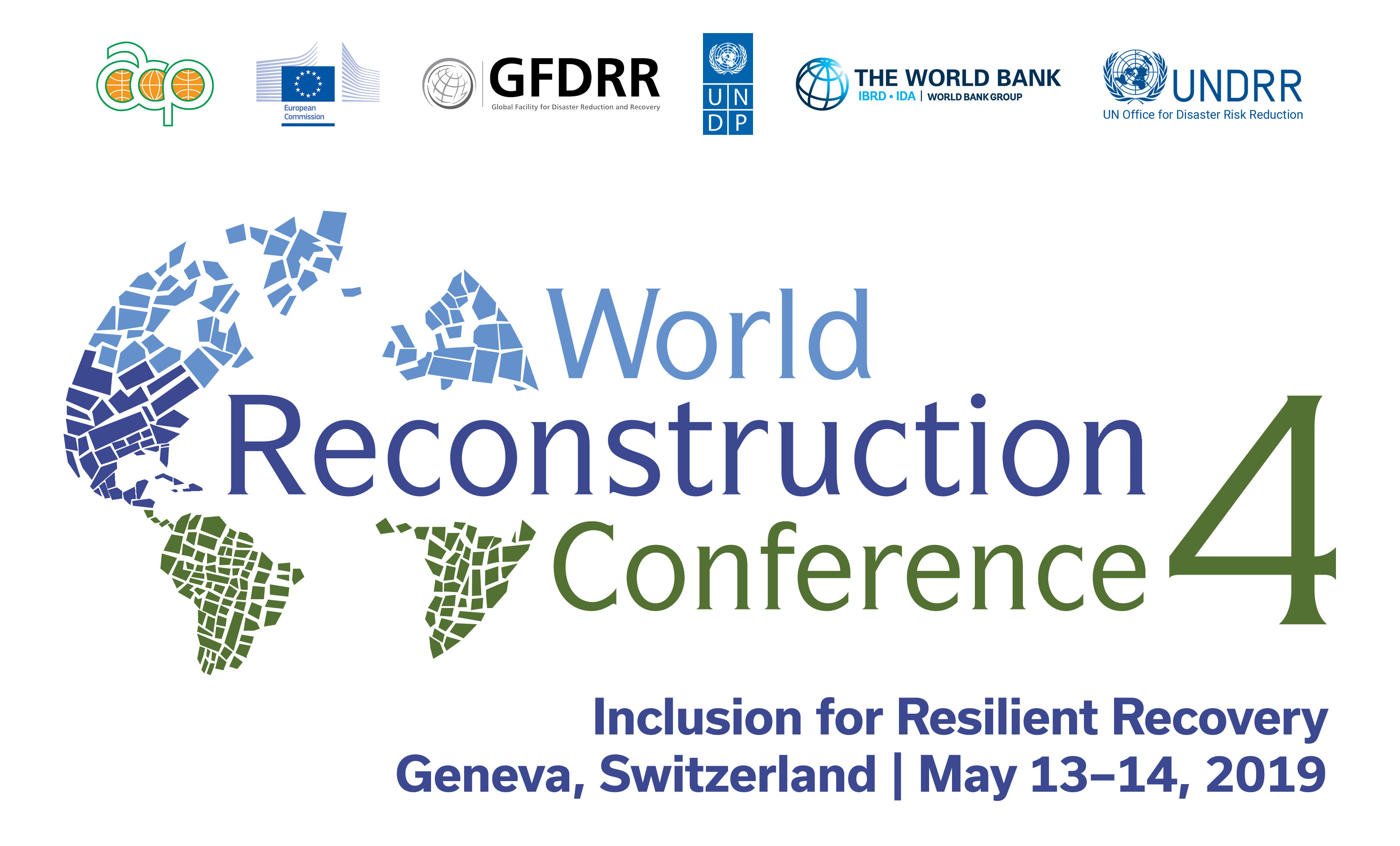Session Summary
The third thematic session explored different approaches in ensuring that displaced persons are included in recovery processes in accordance with these key inclusion principles: (a) Full and meaningful participation of displaced persons’ groups and their leaders in identifying and reducing risk (b) Equality of rights and opportunities for displaced persons in the face of risk (c) Responsiveness to the diverse characteristics, capacities and vulnerabilities of displaced persons, especially women and children and (d) Building resilience of displaced persons by transforming power relations and removing barriers that keep them excluded. Successful examples and lessons learned from participatory approaches, methods and practices were presented and discussed.
Successful recovery means rehabilitation of not just homes, but also livelihoods, and this can be successfully achieved only by coordination between various stakeholders, including the displaced persons themselves, who need to be included in decision-making, planning and implementation to ensure successful recovery. It is rare to find Internally Displaced Persons (IDPs) included at every stage of decision-making. Participatory planning at local levels involving IDPs and host communities, affordable housing with security of tenure, access to livelihoods and basic services, linking new settlements to previous livelihoods and new markets, creation of new livelihoods, and support for recovery of local businesses are effective means to include displaced persons in recovery. This is not happening because people are working in silos and determining needs from the perspective of mandates instead of looking comprehensively and holistically at what displaced persons want and need. National organizations need to establish frameworks that leave a lot of room for local organizations to ensure inclusion of displaced persons in recovery.
Inclusion of displaced persons in recovery in the wake of Category 5 Tropical Cyclone Winston in 2016 (South Pacific Basin) that affected 62% of the population in the affected areas (Fiji, Vanuatu, Tonga and Queensland in Australia) was a stiff challenge. There was internal displacement and relocation. Ensuring inclusion of displaced persons in the recovery process entailed state support in the form of shelter assistance, social protection in the form of welfare assistance, food ration distribution, and superannuation funds drawdown. The panel stressed the need for improved networking and coordination among stakeholders involved in disaster recovery management, humanitarian collaboration, and building resilience and inclusion at all levels. Spatial planning is critical in disaster-prone zones. It is important to look at not just reconstruction and rehabilitation of the affected area, but also resettling new areas in safer places for displaced persons.
Profiling and quality data can transform recovery initiatives into meaningful solutions when working in collaboration with national, subnational and local agencies and the community. Profiling was used to inform the National Development Plan in Mogadishu, Somalia, the Durable Solutions Strategy in El Fasher, Sudan, and Urban Integration Planning in Thessaloniki, Greece. The importance of working with the right partners, prioritizing the collaborative process through neutral coordination and quality data, comparing population groups, analyzing people and place, linking analysis to the identified planning process and recovery framework from the beginning, and engaging with the community to enhance the validity and usefulness of results are the essential components of an effective strategy.
Housing is at the center of creating stability for families across all cultures and socioeconomic classes. Lack of claim to the land on which their home is built is a core impediment to securing families from disaster. In order to achieve disaster-resilient communities globally, (a) inclusion must be considered from the outset (b) community input and community-led mapping should be used to identify existing land tenure arrangements and conflicts as a first step to protect residents from eviction laws (c) regulations that protect security of land tenure should be reinforced and implemented at the local level (d) reconstruction efforts must reflect a holistic approach regarding land rights to inform the design of recovery programs in an effort to increase a family’s land security over time, and (e) reconstruction efforts must prioritize onsite reconstruction over relocation where feasible. The securing of land tenure rights is vital for the recovery of displaced persons.

